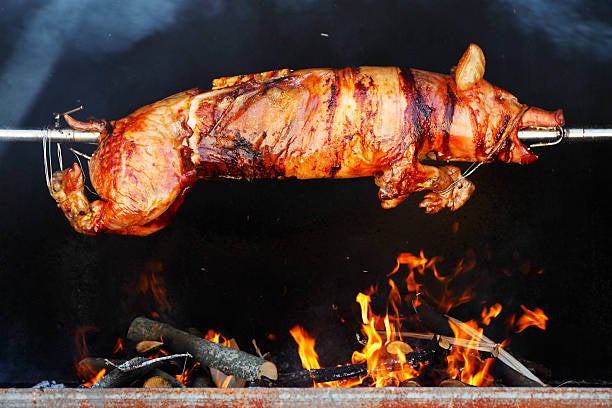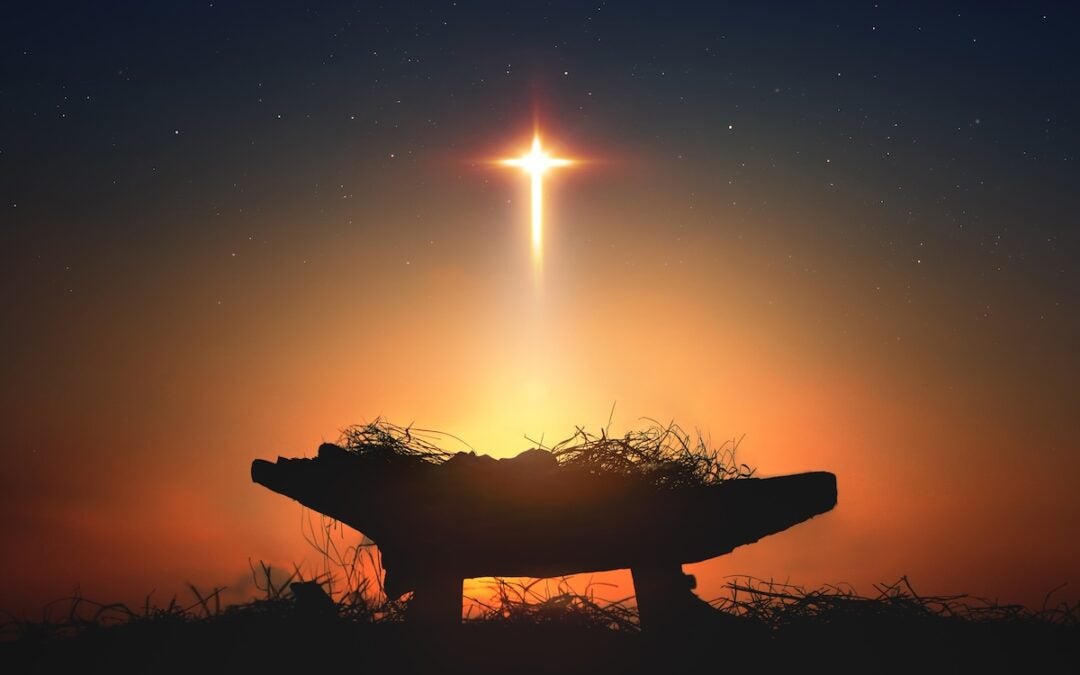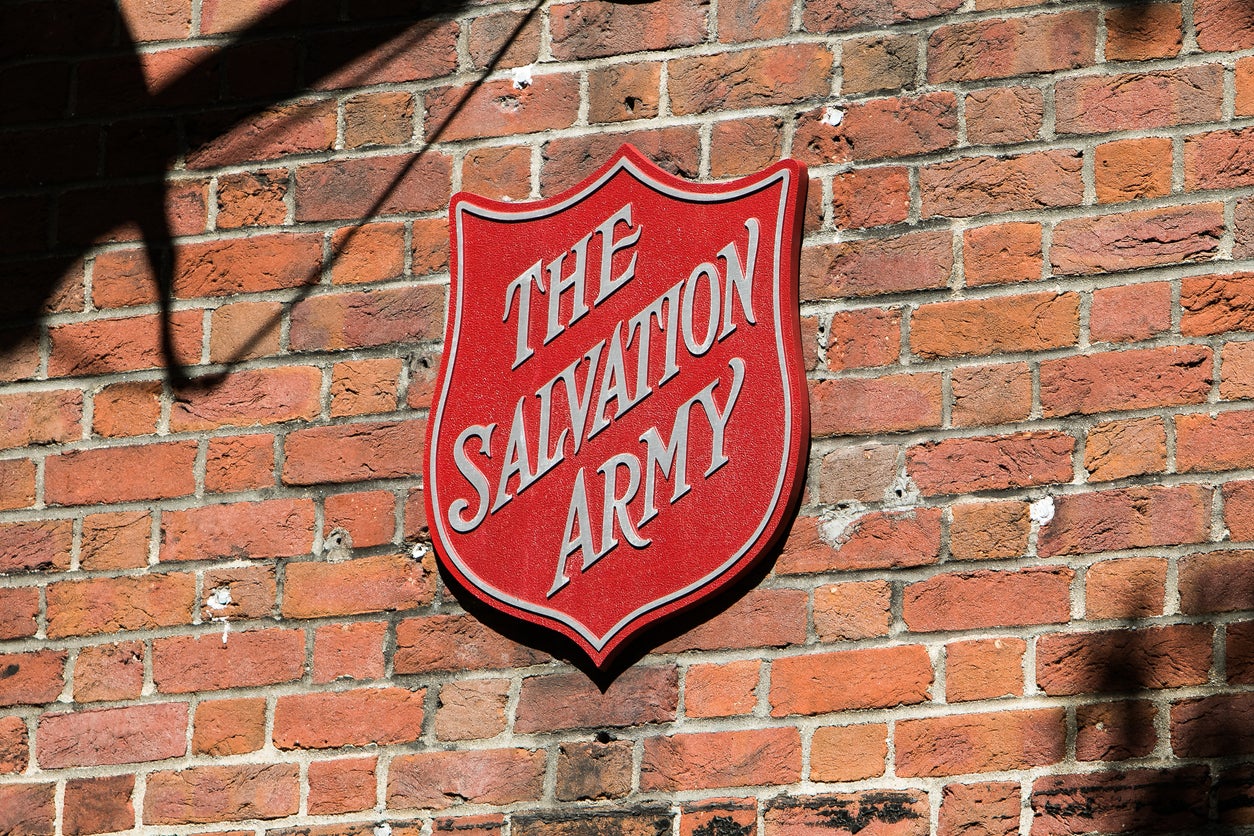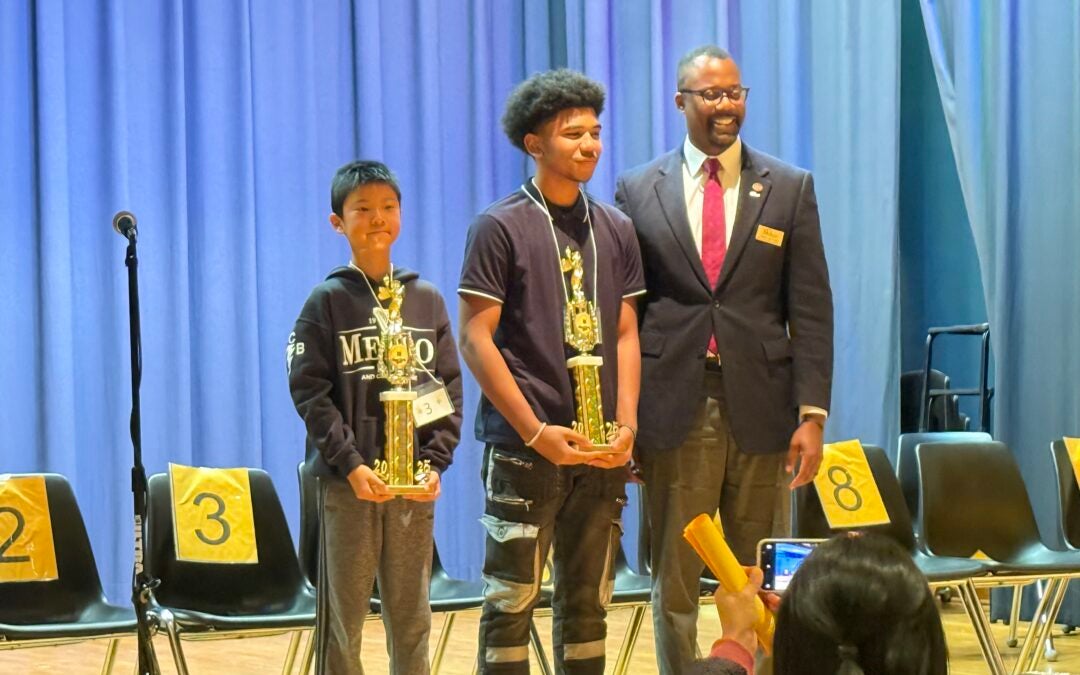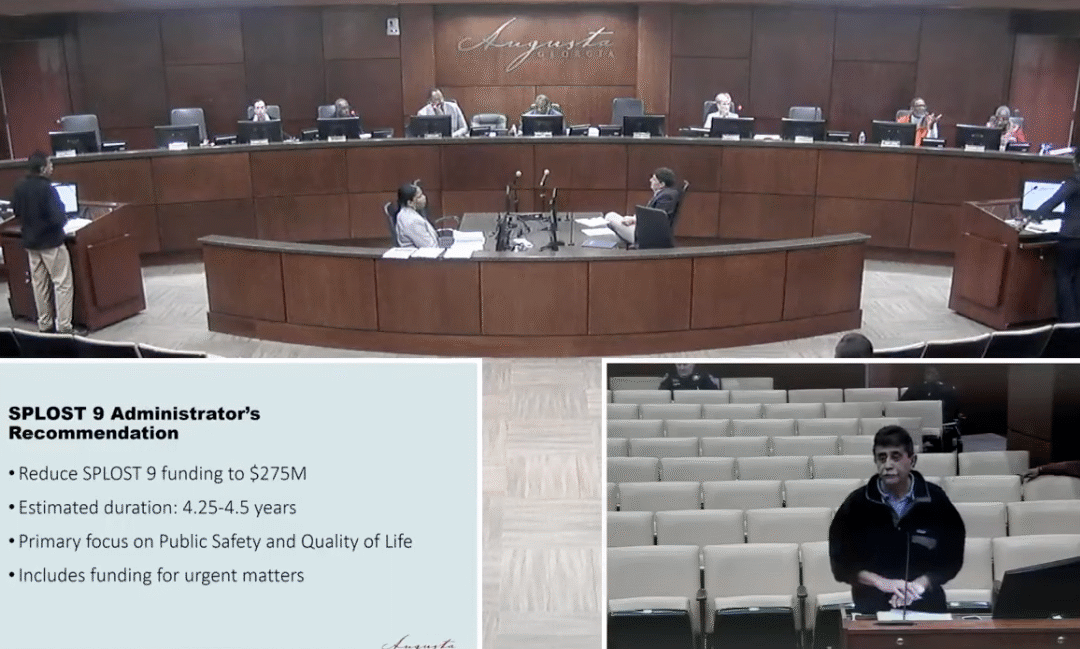It has become an American tradition to grill out and enjoy barbecue on national holidays such as the Fourth of July and Memorial Day; and, of course, no good tailgate party is complete without some hash and rice.
However, barbecue originated centuries before the formation of the United States and even before the British-American colonies.
Barbecue did originate in North America, but the cooking concept would be (literally) stolen from the Native Americans by the Spanish.
Hernando de Soto was born around four to eight years after Columbus discovered the West Indies in 1492; his exact birth year remains contested. According to the National Park Service, de Soto was born to a noble family in Spain, but the family had fallen on hard financial times at the time of his birth.

The Count of Puño en Rostro, Pedrarias Davila, took the boy under his wing and paid for his education. In 1519, Davila enlisted de Soto to travel with him to Spanish conquered Panama.
According to The National Mariners Museum, Davila had a beef with the then-governor of Panama, Vasco Nuñez de Balboa, who was the first Spanish conquistador to travel all the way to the Pacific Ocean.
In what appears to be a show trial, Davila had Balboa charged with treason against the Crown; Balboa was found guilty and beheaded. Meanwhile, de Soto was placed into intense training to become a conquistador, and he was proven to be a ruthless and brutal student.
“In the bad school of Pedrarias Davila in the destruction and dissipation of the Indians of Castilla del Oro, graduated in the deaths of the inhabitants of Nicaragua, and canonized in Peru, according to the order of the Pizarros,” cites the National Park Service.
After a series of conquests to amass gold for the Spanish Empire, de Soto went back to Spain where he was rewarded with riches and appointed as the governor of Cuba. On his return trip to the Americas, he was tasked with conquering land and seizing gold in North America.
When he returned for his next adventure, he received the distinction of being the first European to celebrate mass in North America, a fact celebrated 400 years later in 1940 in Augusta, according to the late historian Ed Cashin.
The celebratory mass was held here long before modern Americans learned the true extent of de Soto’s atrocities.
In 1539, de Soto landed in Florida with around 620 men and 220 horses; the ships also carried a herd of black Iberian pigs as an emergency food source. Many of the pigs escaped, allowing the invasive species to breed like crazy.
Farmers in Georgia still curse the name of de Soto for bringing the species to America as they are still a nuisance to this day.
Anthropologists Ann Romenofsky and Patricia Galloway, writing in “The Hernando de Soto Expedition,” not only did the pigs destroy farmland, the animals carried diseases such as anthrax, tuberculosis, trichinosis, cysticercosis and various strains of flu for which the Native Americans had no natural defense.
Hundreds, maybe thousands, of natives died of the foreign diseases.
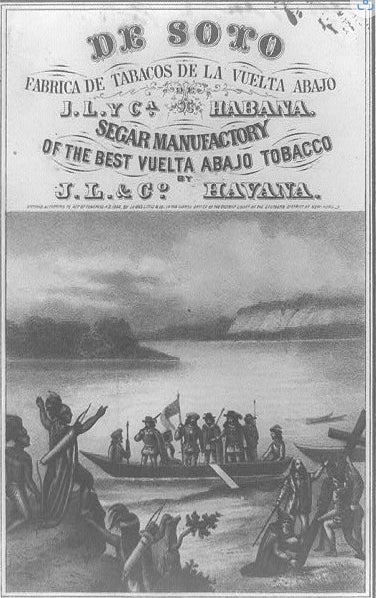
Upon landing in Florida, de Soto made his way up the East coast into Georgia where he was later known to encamp just a few miles north of Augusta in Columbia County.
According to Cashin, de Soto befriended the indigenous peoples of Cufitachique and eventually the ancestors of the Creeks and Cherokee nations. Those natives spun yarns of there being unimaginable amounts of wealth in the form of gold to the west of Georgia and they led de Soto towards the encampments of their enemies, who de Soto and his men would kill.
As time wore on, de Soto’s army began to dwindle due to Native American attacks and disease and de Soto ended up kidnapping his own guides.
It took de Soto three years to finally figure out there was no gold to be found and in 1542, he himself died of a fever and the legend goes that his body was weighted down and secretly interred into the Mississippi River.
According to the Georgia Historical Society, de Soto’s attempts to conquer North America were a dismal failure. At his time of death, de Soto reportedly owned four Native American slaves and two horses, but not even an ounce of gold.
However, de Soto died owning 700 hogs, and that was how this story ties in with modern dishes of barbecue.
As de Soto’s pigs escaped and became feral, the animals began decimating Native American attempts at agriculture, so the natives began killing the swine; however, they found the meat tough and gamey.
The natives developed a cooking technique using what they called a barbacoa, a wooden contraption that allowed for the open-pit slow cooking of the hog meat. While the natives certainly didn’t know it, the slow roasting method of cooking also killed off the diseases the animals carried, making the meat safe to eat.
According to the New Georgia Encyclopedia, during a de Soto conquest, the natives fled their village, which was on an island in the Ocmulgee River near present-day Macon, to escape certain death, and they left their meat cooking in the pits.
Once de Soto arrived, his men feasted and the concept of modern barbecue was born.
There is no record indicating if de Soto and his men preferred sweet barbecue sauce or Carolina gold.
…And that is something you may not have known.
Scott Hudson is the Senior Investigative Reporter and Editorial Page Editor for The Augusta Press. Reach him at scott@theaugustapress.com

